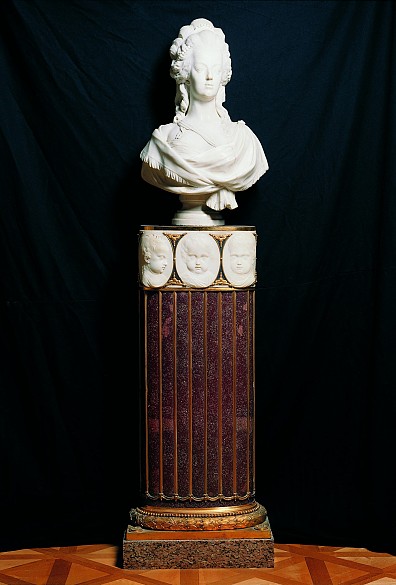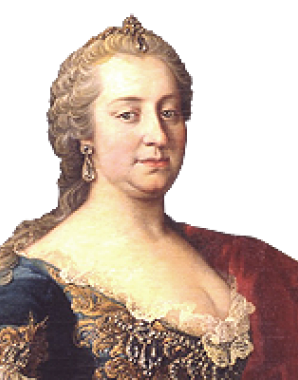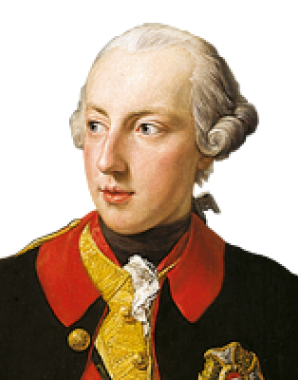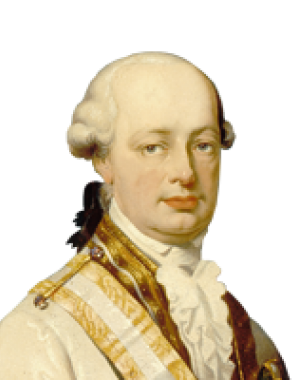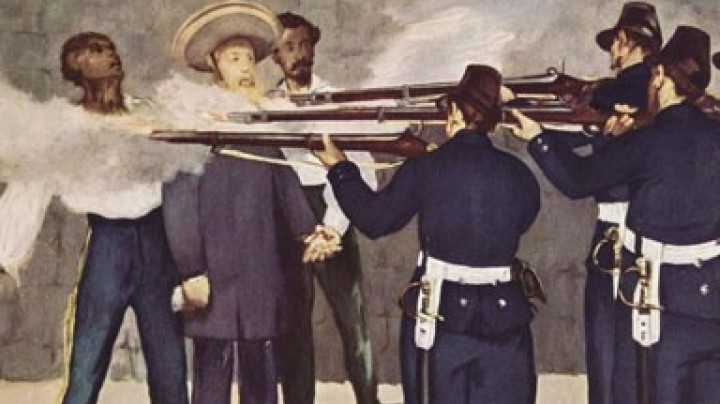The Queen of France
In accordance with family tradition, Maria Theresa’s daughters were assets to be placed on the international marriage market. Of all of them, it was Marie Antoinette who rose to the greatest heights and suffered the greatest fall.
The youngest of Maria Theresa’s daughters, Archduchess Maria Antonia was to become famous under her French name Marie Antoinette. From her childhood onwards, she was marked out to play a decisive role in the Habsburgs’ historic reconciliation with their new ally France – initially, consideration was even given to marrying her to the old king Louis XV, who would have been her senior by forty-five years. However, it was subsequently decided that she should marry the Dauphin, the king’s grandson and future Louis XVI. He was also more of an age with Maria Antonia, being only a year older.
In preparation for her great role as Queen of France, the young archduchess was educated in all matters related to the court, receiving instruction in the courtly arts including music lessons from Christoph Willibald Gluck. The 14-year-old archduchess was thus well trained when it came to her marriage to the Dauphin, which took place in Vienna in April 1770, the latter being represented – as was customary – by a proxy, in this case her own brother Ferdinand. The high point of the celebrations was a grand ball at the Belvedere Palace attended by 6,000 guests.
As queen of France, Marie Antoinette made herself unpopular with her subjects, who regarded her as vain and wasteful. Although she is generally credited with the famous saying ‘If they have no bread, then let them eat cake’, it seems likely that it did not stem from her but was put into her mouth by Jean-Jacques Rousseau, one of the thinkers who paved the way for the French Revolution. Nevertheless, Marie Antoinette’s conservative attitudes did prevent a political compromise between the conflicting parties in pre-Revolutionary France. Opposition to the ancien régime grew constantly.
In October 1789, following the outbreak of the Revolution, the royal family had to move from Versailles to Paris. Although Marie Antoinette asked her brothers Joseph and Leopold for help, they were for political reasons unable to intervene in French internal affairs. After an abortive attempt to escape, the royal family was interned in 1792 and accused of high treason. Louis XVI was the first to be sentenced and executed. On 16 October 1793, Marie Antoinette’s turn came to mount the guillotine and meet a like fate.

